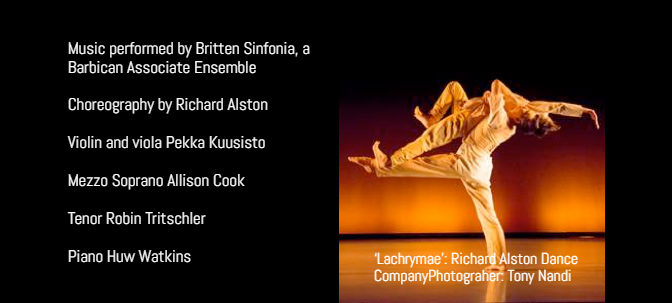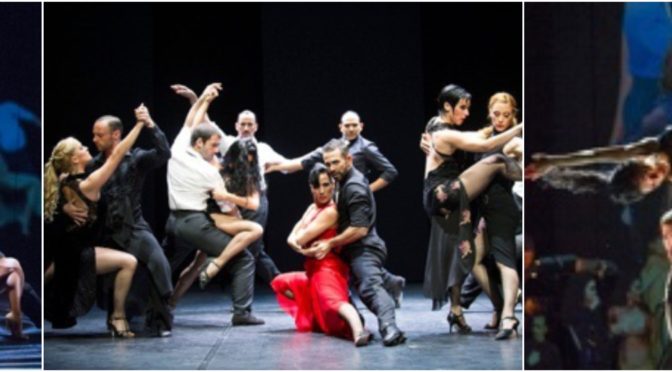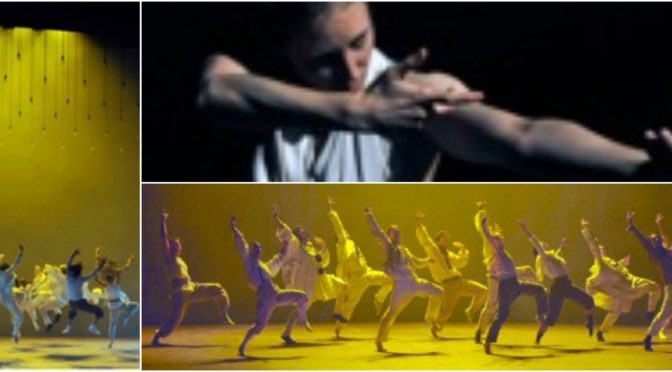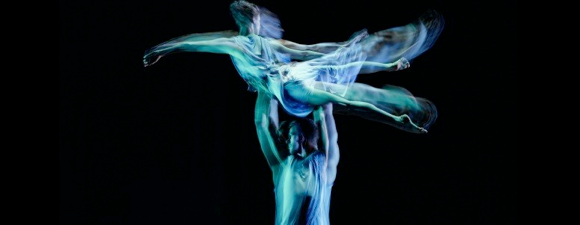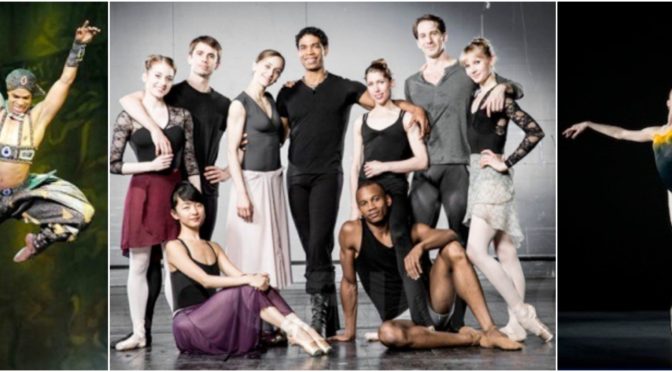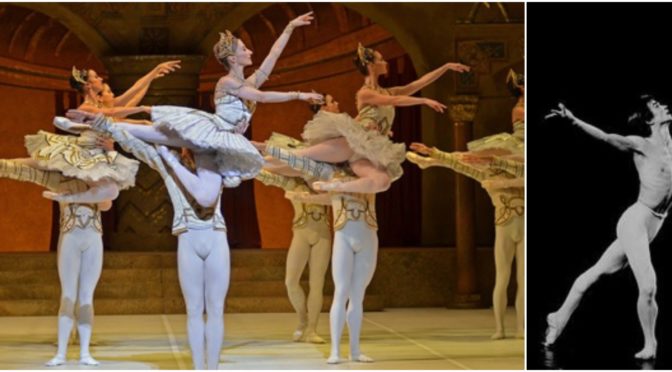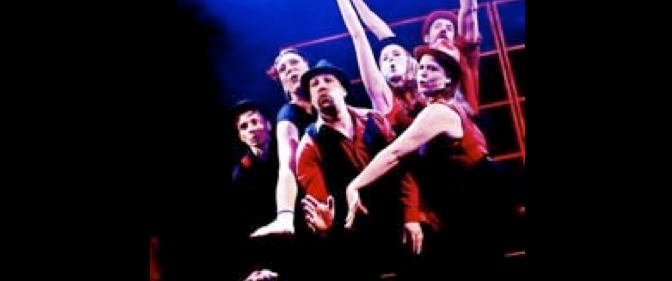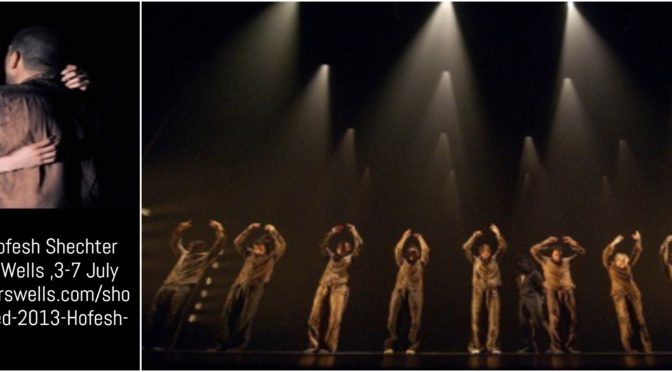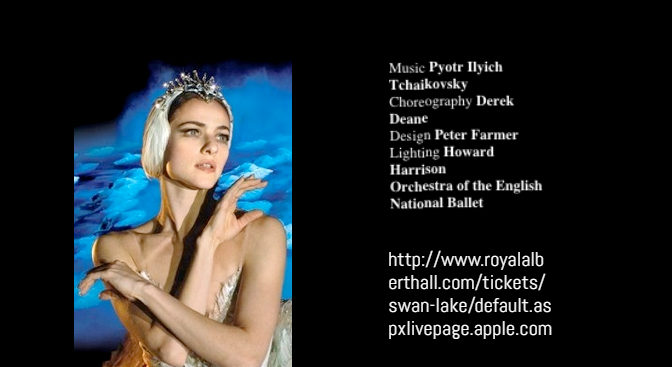It is an enchanting experience to see, how music can also dance. Music of Barbican Britten came live on stage at Barbican Theatre with choregraphies by Richard Alston. Alston who is overwhelmed by Britten’s music since his childhood days, made his choregraphies speak. They are as eloquent as the words in Britten’s music, played live on stage by Britten Sinfonia.
The show starts with ‘Lachrymae’, the dancers float and fly on stage with gracious movements .The mood subdued and melancholy. This dance was created for Aldeburgh festival in 1994-revived this year as part of Britten 100, a celebration of the composers’ centenary year.
Richard Alston’s tribute to Pytt Geddes , who pioneered the teaching of T’ai Chi Chuan in Britain is ‘Fragments’ , the next piece. There are six songs, fragments from the work of visionary poet Freidrich Holderlin. It’s the world premiere of this prformance and a remarkable experience for its audience.
Allison Cook is surely the star of the entire evening, with her breathtaking performance in the composition ‘Phaedra’. A world premier too, and a must see for all. Your heart will cry with Phaedra when she appears before her husband and confesses her crime. She takes poison and calmly ends her tortured existence. Ihsaan de Banya, James Muller, Nancy Nerantzi together with the entire cast brings the beautiful story vividly on stage. The depth of their performance connect the audience to the story and it feels heavy on the heart when Hippolyus ‘s chariot dash against the rock and he dies.
‘Illuminations’ the last piece of the evening brought together an imagination of an ideally happy couple initially and how pace of life separate them, beautifully portrayed by Liam Riddick and Nathan Goodman.
Designed by Fotini Dimou, the costumes deserve a special mention -the dancers elegant in the subtle and pastel shades which comfortably embrace them. The evening sees the coming together of a fine creative team with choreographer Richard Alston and Britten Sinfonia. A true celebration of world class music and dance and an unmissable experience!
Sharmi Roy
Sharmi , started her life as a professional dancer and now a Learning Solution Architect designing development programs for people who want to learn and grow, loves to watch and write about dance shows she sees across the globe, wherever she travels.

